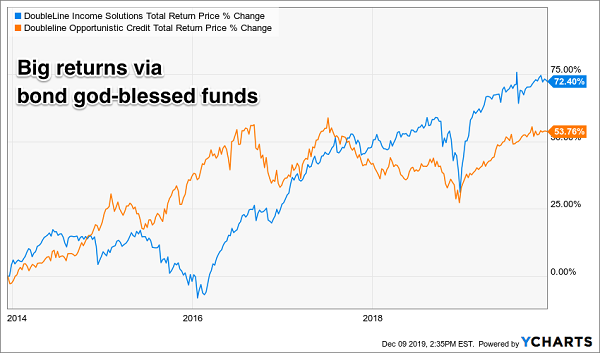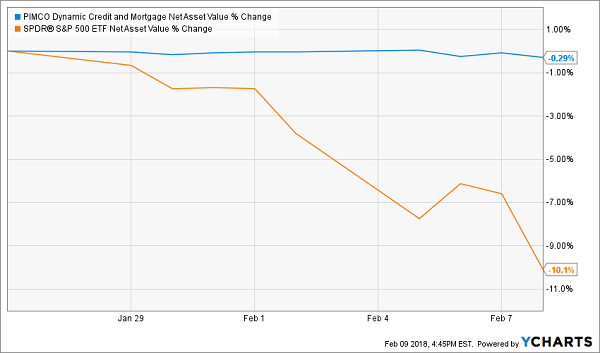Brilliant bond manager Jeffrey Gundlach—aka the “bond god”—has decreed that it’s time to sell “junk” bonds. And he’s gone as far as to say that one-third of corporate bonds should probably be rated as junk.
Gundlach is one of the few “gurus” that we pay attention to. He called the subprime mortgage crisis ahead of time in 2007, an epic rally in US Treasuries earlier this decade, and President Trump’s election in early 2016 (when few gave the Republican candidate a chance.)
And his two closed-end funds (CEFs) are excellent long-term additions to a retirement portfolio. Over the last six years his two DoubleLine funds have roared to 72% and 54% total returns (with the majority of these gains coming as cash dividends:)
DoubleLine CEF’s Deliver: Distributions Plus Gains
But no guru is perfectly clairvoyant!… Read more



Recent Comments